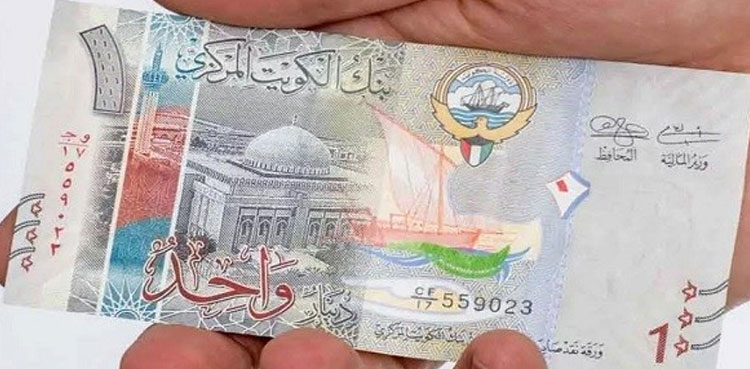Kuwait City/Islamabad, August 20, 2025 – The Kuwaiti Dinar (KWD) has risen against the Pakistani Rupee (PKR), reaching 922.28 PKR today, according to open market sources.
KWD to PKR- Latest Updates
This marks a slight decline from 928.66 PKR on August 11, but remains higher than earlier rates, such as 922.74 PKR on August 19 and 925.45 PKR on June 18. The Dinar’s strength highlights Kuwait’s economic stability, while Pakistan’s ongoing fiscal challenges continue to pressure the Rupee, impacting trade, remittances, and expatriate communities.
Valuation Dynamics
The KWD’s value is driven by Kuwait’s oil-dependent economy and its currency’s loose peg to a basket of international currencies, primarily the US Dollar, managed by the Central Bank of Kuwait. High oil prices and substantial foreign exchange reserves, bolstered by Kuwait’s position as a leading oil exporter, ensure the Dinar’s stability and low volatility. The US Dollar’s global strength further supports the KWD, as its partial tie amplifies its value in international markets.
Conversely, the Pakistani Rupee operates under a managed float, with its value shaped by market forces, including foreign exchange reserves, inflation, and trade balances. The State Bank of Pakistan occasionally intervenes to stabilize the PKR, but persistent high inflation (around 9-11% annually) and a trade deficit, coupled with reliance on energy imports, weaken the currency. Pakistan’s foreign reserves, reported at approximately $14 billion in mid-2025, remain under pressure due to debt repayments, contributing to the PKR’s depreciation. The KWD’s rise to 922.28 PKR today, compared to 901.33 PKR on November 26, 2024, reflects these contrasting economic realities.
Economic and Social Impact
The stronger KWD significantly affects the over 200,000 Pakistani expatriates in Kuwait, whose remittances, totaling roughly $1.8 billion annually, are a cornerstone of Pakistan’s economy. A higher exchange rate increases the PKR value of these remittances. For instance, 1,000 KWD, worth 901,330 PKR on November 26, 2024, now yields 922,280 PKR, a gain of 20,950 PKR. This enhances purchasing power for families in Pakistan, supporting expenses like education, healthcare, and housing.
However, the stronger Dinar raises costs for Pakistani businesses importing Kuwaiti goods, particularly petroleum products, potentially driving up domestic prices in Pakistan. For expatriates, the higher rate means their Dinars stretch further in Pakistan but may strain budgets for goods or services priced in PKR during visits. High inflation in Pakistan could also erode the real value of remittances, limiting their impact. The exchange rate shapes bilateral trade, with a stronger KWD potentially increasing import costs for Pakistan, though stable rates facilitate predictable trade planning.
Currency Profiles
The Kuwaiti Dinar (KWD), introduced in 1961, is Kuwait’s official currency, symbolized as KD or د.ك and subdivided into 1,000 fils. Issued by the Central Bank of Kuwait, it is the world’s highest-valued currency, underpinned by Kuwait’s oil wealth, prudent fiscal policies, and a peg to a currency basket, ensuring minimal volatility.
The Pakistani Rupee (PKR), established in 1947, is Pakistan’s currency, symbolized as ₨ and divided into 100 paisa. Managed by the State Bank of Pakistan under a managed float, its value is sensitive to domestic economic challenges, including inflation and trade imbalances, as well as global market conditions.
The Kuwaiti Dinar’s rise to 922.28 PKR today underscores the economic divergence between Kuwait’s oil-driven stability and Pakistan’s fiscal challenges. As global oil prices, Pakistan’s monetary policies, and geopolitical factors evolve, the KWD/PKR rate will remain a key indicator for trade, remittances, and economic ties. Stakeholders, from expatriates to policymakers, will continue to monitor these trends for their far-reaching implications.


Leave a Comment